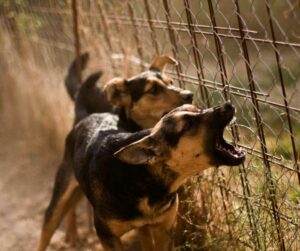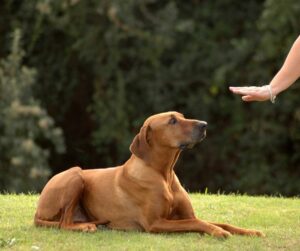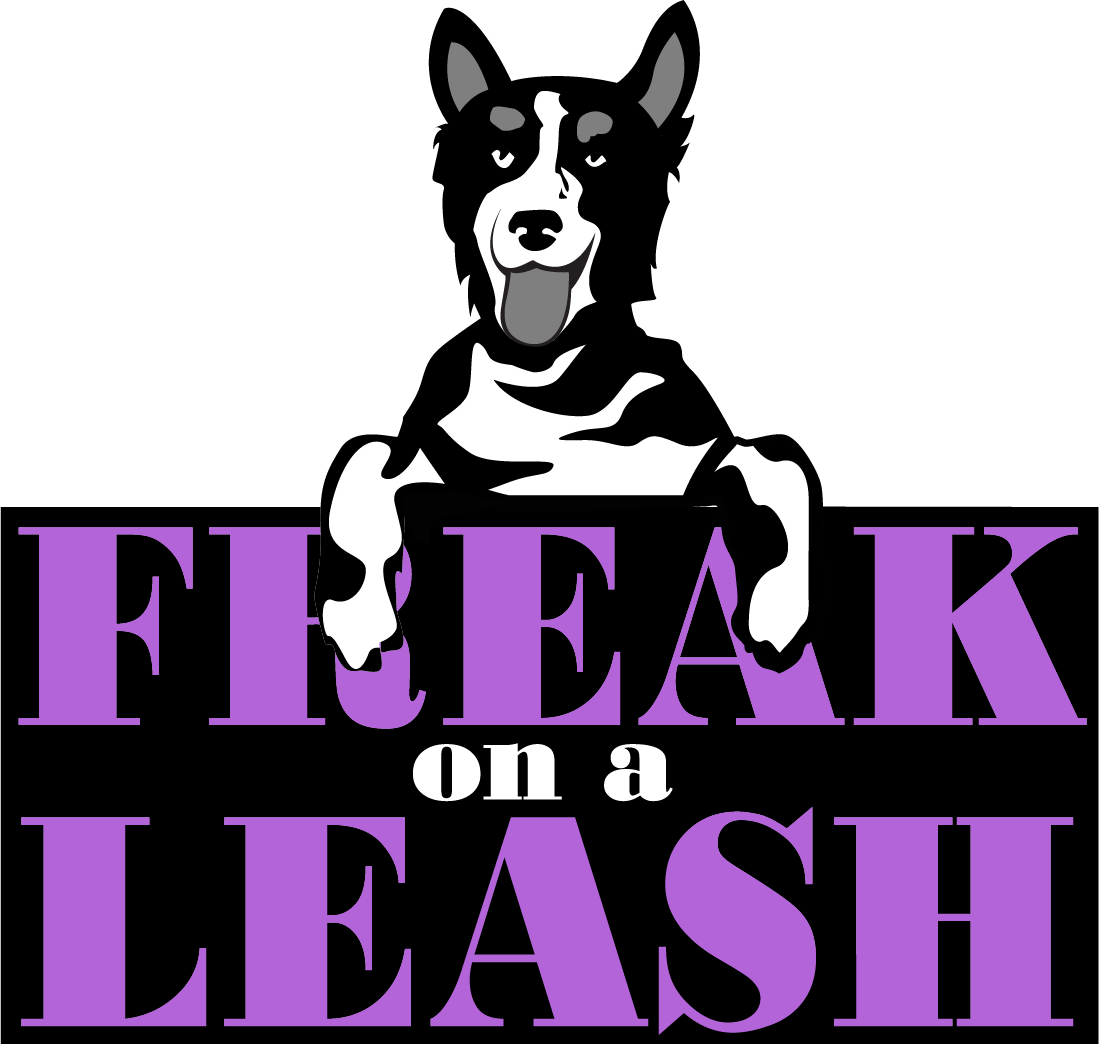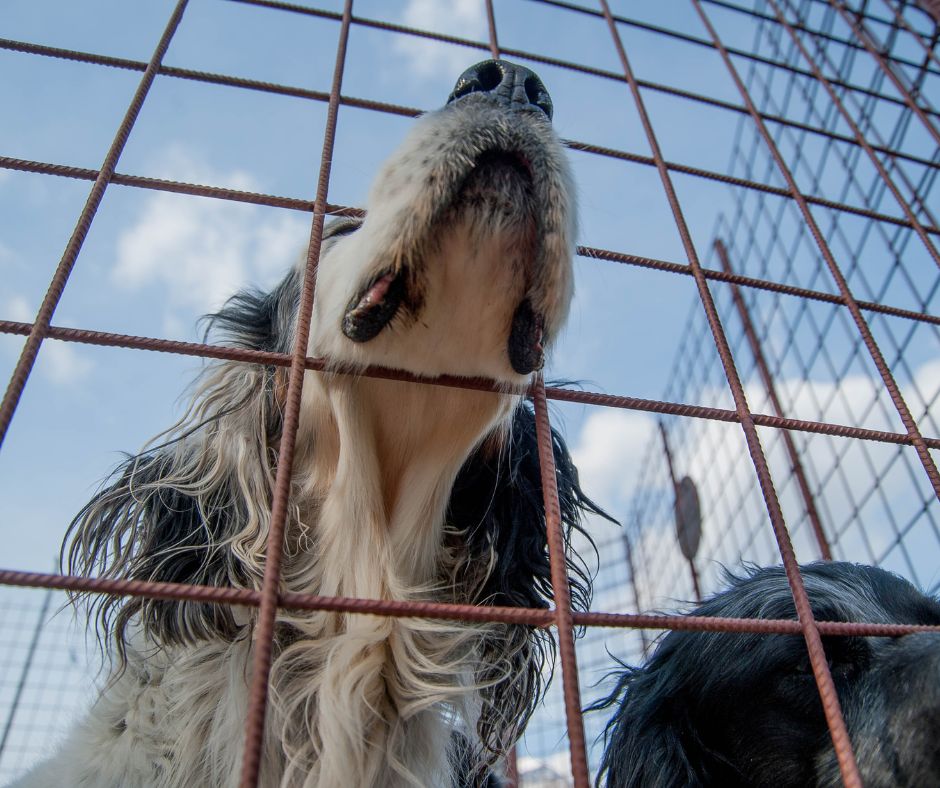Fence fighting among dogs can be a frustrating and concerning behavior for many dog owners. It can commonly lead to intense barking, lunging, and aggression, causing stress for the dogs involved and their owners. In this blog, we will explore the issue of fence fighting, the causes behind it, and several effective methods to prevent and reduce this unwanted behavior. By understanding the reasons behind fence aggression and implementing training techniques and structural solutions, dog owners can create a more peaceful and harmonious environment for their furry friends.
 What is Fence Fighting?
What is Fence Fighting?
Fence fighting, also known as fence aggression or fence wars, refers to the behavior displayed by dogs when they bark, lunge, or exhibit aggression towards other dogs or animals on the other side of a fence. It occurs when dogs display territorial behavior near fences, barking, lunging, and becoming aroused at the sight or presence of another dog or animal on the opposite side. Fence fighting can escalate quickly, leading to aggressive behaviors that may pose a risk to the well-being of the dogs involved.
The Causes of Dog Fence Fighting
Fence fighting can have various underlying causes. The behavior is typically triggered by the dog’s territorial instincts, fence line boundaries, and the close proximity of neighboring dogs, and is often motivated by frustration caused by the barrier. Dogs naturally feel the need to defend their space and resources. When a dog feels confined or limited by the fence, they may resort to fence-related aggression as a way to assert their territory. The presence of neighbor dogs, especially unknown or unfamiliar ones, can trigger fence aggression as the dogs try to establish their relationship or protect their territory. Other contributing reasons include lack of proper socialization, frustration due to long periods of time spent in the yard, and barrier frustration caused by the inability to reach the other side of the fence.
 Preventing Fence Fighting
Preventing Fence Fighting
Preventing fence fighting or fence aggression requires proactive measures from dog owners to address the unwanted behaviors associated with it. By recognizing the early signs of aggression and implementing proper training, owners can create a safe and controlled environment for their dogs.
Recognizing Signs of Aggression
Recognizing the early signs of fence aggression is essential in helping to prevent fence fighting incidents. Aroused barking, lunging, and displaying intense behaviors at the sight or presence of another dog are common signs of fence aggression. Additionally, raised hackles, stiff body language, and the dog’s intense focus on the fence line can indicate potential fence-related aggression.
Steps to Prevent Fence Aggression
To prevent fence aggression, dog owners can take several steps:
- Implement proper training: Basic obedience training can help dogs learn to respond to commands, redirecting their attention away from the fence line and minimizing the chances of fence aggression.
- Create a safe environment: Ensuring supervision and limiting the dog’s exposure to fence line stimuli can help reduce the likelihood of fence fighting. Using a leash or long line, allowing the dog in the yard only under supervision, and providing ample mental and physical stimulation can help alleviate the frustration and arousal that can lead to fence-related aggression.
- Seek professional training services: Consulting a certified professional dog trainer or behavior consultant can provide specialized guidance in preventing and addressing fence aggression. These experts can tailor training programs to the specific needs of the dog and help to implement effective techniques.
- Address unwanted behaviors promptly: If a dog displays fence aggression, it is crucial to address the behavior promptly. Interrupting the aggression, redirecting the dog’s attention, and providing alternative, appropriate behaviors can help mitigate fence fighting tendencies and prevent the unwanted behavior from escalating.
Training Techniques to Reduce Dog Fence Fighting
In addition to general training, specific techniques can be employed to reduce dog fence fighting behaviors. By using commands, clicker training, and recall training, dog owners can gain better control over their dogs’ behavior near the fence line.
 Using Commands to Control Aggression
Using Commands to Control Aggression
Teaching your dog to respond quickly to commands such as “sit,” “stay,” and “leave it” can be instrumental in controlling fence aggression. By redirecting the dog’s attention towards the command, owners can effectively divert the dog’s focus away from fence-related stimuli. Comprehensive obedience training also establishes boundaries and reinforces the dog’s understanding of appropriate behavior, even in the presence of challenging distractions.
The Role of Clicker Training
Clicker training, a positive reinforcement technique, can also aid in modifying fence-related behaviors. By associating the sound of the clicker with a reward, dog owners can communicate clear cues to the dog when it exhibits desirable behavior near the fence line. Clicker training can help reinforce good behavior, such as remaining calm and quiet, and discourage fence aggression by rewarding calm, non-confrontational behaviors.
The Importance of Recall Training
Recall training plays a vital role in preventing fence fights. Teaching dogs a strong recall command, such as “come” or “here,” empowers owners to call their dogs back to safety when they approach the fence line. Regular recall training, combined with positive reinforcement, ensures that dogs respond reliably, even in high-stress situations. Mastering recall commands provides dog owners with greater control and allows them to prevent potential fence aggression, keeping both their own dog and neighboring dogs safe.
Structural Solutions to Fence Fighting
In addition to training techniques, structural solutions can help reduce fence fighting behaviors. By employing solid fences, visual barriers, and other modifications, dog owners can create a physical environment that discourages aggression and prevents fence-related conflicts.
 Building a Better Fence
Building a Better Fence
Building a solid fence is one of the most effective ways to prevent fence fighting. Increasing the fence’s height can discourage dogs from attempting to jump over, while adding rollers on top of the fence can prevent climbing. Moreover, extending the fence underground can deter digging, minimizing the chances of escape or boundary disputes.
Use of Visual Barriers
Visual barriers such as dense shrubs, privacy slats, or decorative panels can obstruct the dog’s line of sight through the fence, reducing the triggers for fence aggression. These barriers limit the dog’s ability to see other dogs or animals on the neighboring side, diminishing arousal and the territorial behaviors associated with fence fighting. The use of additional outdoor structures such as trellises or additional fencing can enhance the visual barrier, further minimizing fence-related conflicts.
Involving Your Neighbor in the Solution
Collaborating with neighbors can significantly contribute to the resolution of fence aggression issues. By approaching neighbors for help and coordinating training efforts, dog owners can create a united front against fence fighting.
Approaching Your Neighbor for Help
Approaching your neighbor with a friendly and open attitude is crucial when seeking their help in resolving fence aggression. Initiating a conversation to discuss mutual concerns, emphasizing the positive aspects of neighborly cooperation, and explaining the impact of fence fighting on your dog’s well-being can foster understanding and willingness to address the problem collaboratively.
Coordinating Training Efforts
Coordinating training efforts with neighbors can yield positive results in reducing fence aggression. By aligning training schedules, participating in joint training sessions, and sharing training strategies, dog owners can collaboratively reinforce positive behaviors and discourage fence fighting. Coordination of training allows for consistent messages between neighboring dogs, promoting a sense of harmony and reducing the likelihood of fence aggression incidents.
Understanding When to Seek Professional Help
In some cases, fence fighting may become unmanageable despite everyone’s best efforts. Recognizing the need for professional assistance is important to ensure the well-being of the dogs involved and maintain a peaceful environment for everyone. If fence fighting behaviors persist and escalate, it may be time to seek professional help. Certified professional dog trainers and behavior consultants can assess the severity of the behavioral issues, provide specialized guidance, and tailor training programs to address the specific needs of your dog. Consulting with a veterinarian can also be beneficial to rule out any underlying medical issues that may be contributing to the fence aggression.
Conclusion
In conclusion, fence fighting among dogs is a common problem that can be managed and reduced with the right techniques and strategies. By understanding the causes of fence aggression and recognizing it’s signs, you can take proactive steps to prevent fence fighting from occurring. Training techniques such as basic obedience, clicker training, and recall training can help control aggression and redirect your dog’s focus. Additionally, structural solutions like visual barriers can create a physical barrier between dogs and reduce fence fighting incidents. It can be important to involve your neighbor in the solution and coordinate training efforts to ensure a safe and peaceful environment for everyone. If your dog’s fence fighting becomes unmanageable or dangerous, it may be necessary to seek professional help. With patience, consistency, and proper training, you can significantly reduce fence fighting behaviors and create a harmonious living environment for both you and your furry friend.

